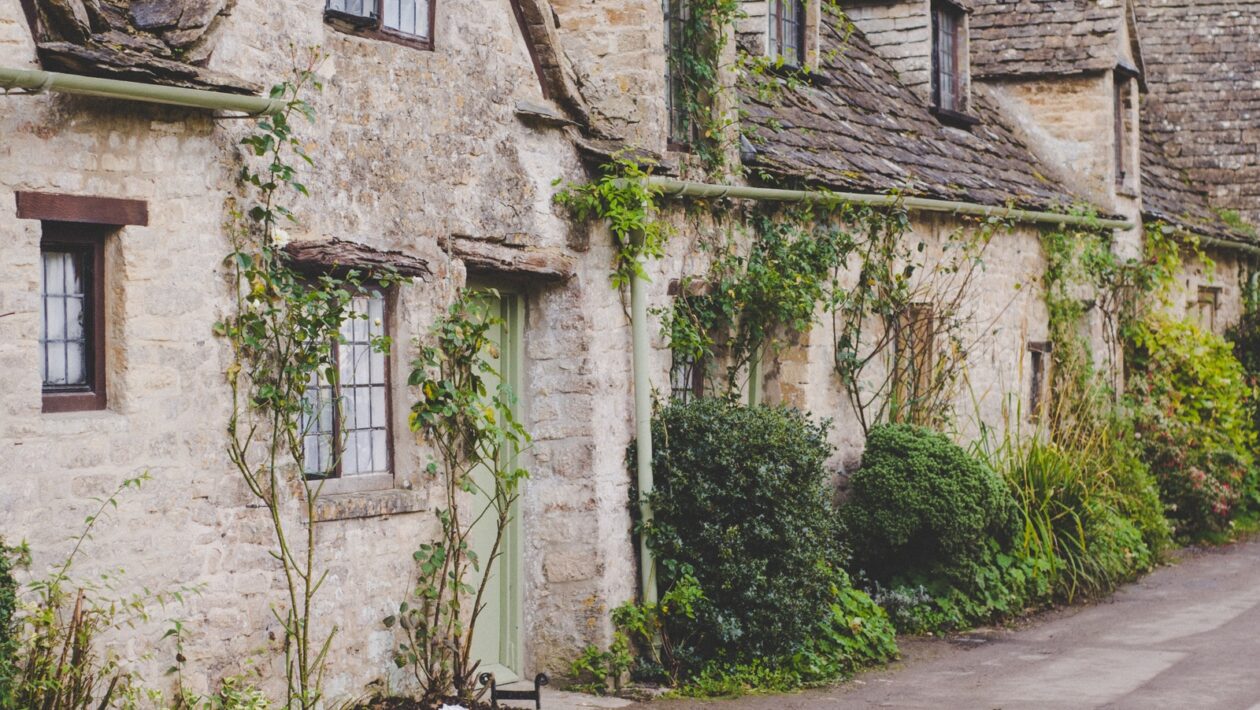The Birth of an Icon
The Globe Theatre, synonymous with the artistic brilliance of the Elizabethan era (1558-1603), stands as a testament to the creative spirit that defined this golden age of theatre. Established in 1599 by the Lord Chamberlain’s Men, a troupe of which William Shakespeare was a proud member, the Globe Theatre emerged as a hub of artistic innovation, cultural expression, and shared human experiences.
A Vision of Immersion
The architecture of the Globe Theatre embodied the essence of theatrical immersion. Its iconic circular design with an open-air structure allowed for a unique connection between actors and audience. The thrust stage extended into a yard where “groundlings” stood, offering an intimate vantage point to witness the unfolding drama. The galleries surrounding the yard provided tiered seating for those seeking a more elevated perspective.
The Play’s the Thing
Shakespeare’s Globe Theatre was more than just a physical structure; it was a canvas upon which timeless masterpieces were painted. The stage saw the premieres of many of Shakespeare’s most renowned plays, from the tragic depths of “Hamlet” to the whimsical enchantment of “A Midsummer Night’s Dream.” The Globe Theatre’s embrace of a diverse repertoire contributed to its status as a cultural crucible of creativity.
Character and Setting
The Globe Theatre, with its minimalistic set designs and focus on language, allowed the power of words to take center stage. The playwrights of the era, Shakespeare included, crafted characters that spoke directly to the human condition. The theatrical setting, minimal yet evocative, invited audiences to engage their imagination and become active participants in the unfolding narratives.
The Bard and His Stage
Shakespeare’s connection to the Globe Theatre was profound. As a shareholder and a playwright for the Lord Chamberlain’s Men, he shaped the course of drama during his time. The Globe Theatre became the canvas upon which Shakespeare’s unparalleled linguistic artistry and narrative depth flourished. His works, performed within these hallowed walls, left an indelible mark on the world of literature and performance.
An Enduring Legacy
The legacy of Shakespeare’s Globe Theatre transcends time. Its impact on theatre architecture, audience engagement, and the art of storytelling endures. The reconstructed Globe Theatre in London stands as a living homage to the original, offering modern audiences a glimpse into the immersive world that captivated Elizabethan playgoers.
Continuing Inspiration
Shakespeare’s Globe Theatre continues to inspire artists, educators, and theatre enthusiasts around the world. Its legacy reminds us of the profound impact that a space dedicated to creative expression can have on the cultural fabric of a society. The Globe Theatre’s enduring influence underscores the timeless resonance of human stories and the power of shared experiences.
Conclusion
Shakespeare’s Globe Theatre remains a beacon of artistic achievement, encapsulating the essence of the Elizabethan era’s creative spirit. This iconic venue, where timeless stories came to life, reflects the transformative power of theatre to engage, provoke, and unite. As we delve into the legacy of Shakespeare’s Globe Theatre, we are reminded of the enduring magic that occurs when creativity and human connection intersect on the stage.

